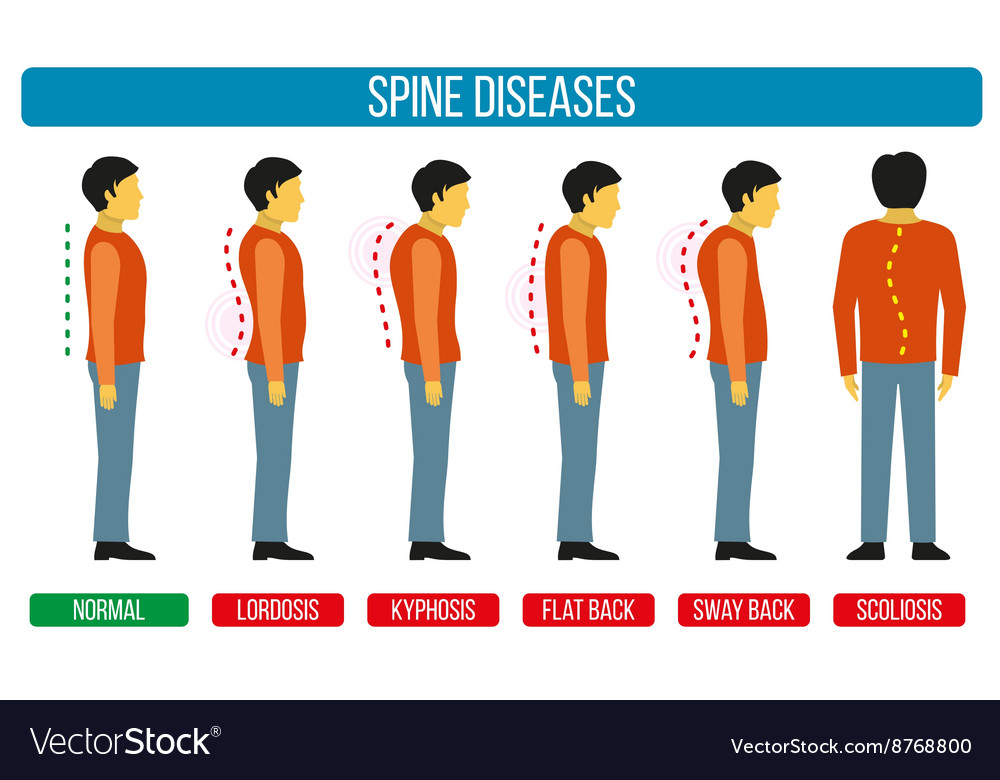Simply When You Think Alleviation Is Near, Soft Tissue Therapy Discloses Its Awkward Facts-- Uncover Why The Procedure Can Be Unpleasant Yet Helpful
Simply When You Think Alleviation Is Near, Soft Tissue Therapy Discloses Its Awkward Facts-- Uncover Why The Procedure Can Be Unpleasant Yet Helpful
Blog Article
Material Created By-Fog Rytter
When you undergo soft Tissue therapy, you might find it remarkably awkward. This pain emerges as pressure is put on strained muscles and broken tissues, causing your discomfort receptors. While it can feel upsetting in the moment, there's a factor behind this feeling. Recognizing what happens in your body throughout these treatments can aid you value the procedure. So, just what is going on below the surface?
The Physiology of Pain Throughout Soft Tissue Therapy
When you undertake soft Tissue treatment, your body's reaction to pain is a complex interplay of physiological procedures. As the specialist uses stress, your body activates discomfort receptors, sending signals to your brain. This causes the release of neurotransmitters, such as material P and glutamate, which intensify the feeling of pain.
https://chiropractorsdoctorsnearm06273.techionblog.com/33089248/sports-massage-therapy-techniques-explained-how-they-can-change-your-training might also tense up in response, additional complicating the experience. Furthermore, your body may launch endorphins, natural painkillers that can assist relieve some pain.
The communication between these processes can create a distinct experience for each and every individual. Recognizing this physiological reaction helps you browse the feelings throughout treatment, permitting you to value the balance between pain and the possibility for recovery benefits.
The Duty of Discomfort in the Healing Refine
Although discomfort throughout soft Tissue therapy can really feel frustrating, it plays an important function in the recovery process. When you experience pain, your body is signaling that it's functioning to repair broken tissues. This feedback helps increase blood flow to the afflicted area, delivering crucial nutrients and oxygen required for healing.
Furthermore, achy after massage can promote the launch of endorphins, your body's natural medicines, producing a feeling of alleviation post-treatment. Welcoming this discomfort can aid you understand your body's limits and encourage you to deal with underlying issues.
While it's unpleasant currently, this procedure is necessary for long-term recovery and improved function. Recognizing discomfort as an important part of healing can empower you to stay committed to your therapy.
Tips for Managing Discomfort Throughout and After Treatment
Managing discomfort throughout and after soft Tissue therapy can substantially boost your total experience and healing.
To start, communicate freely with your therapist about your discomfort levels; they can change strategies accordingly. Making use of deep breathing techniques can additionally assist you loosen up and ease discomfort.
Think about using ice to the cured area post-session to reduce swelling and numb soreness. Remaining hydrated help in the recuperation process, so consume lots of water.
Gentle stretching and light movement after treatment can advertise blood circulation and simplicity stiffness. Finally, guarantee you get sufficient remainder to allow your body to recover.
Applying these suggestions can make your soft Tissue treatment more manageable and pleasurable.
Conclusion
Finally, while soft Tissue treatment can be uncomfortable, it's essential to acknowledge that this pain plays an important duty in your recovery journey. By recognizing the physiological reactions at play, you can come close to the treatment with an extra favorable attitude. Bear in mind, the preliminary discomfort usually gives way to alleviation as your body launches endorphins. Welcome the procedure, and do not hesitate to use the ideas for handling pain to boost your experience and recuperation.
